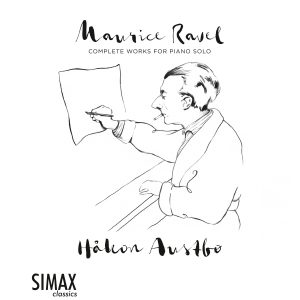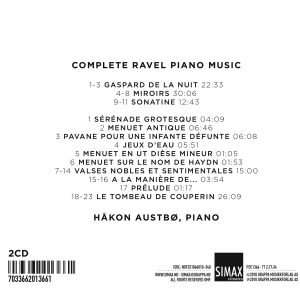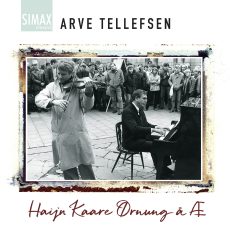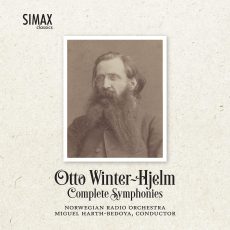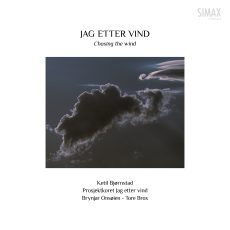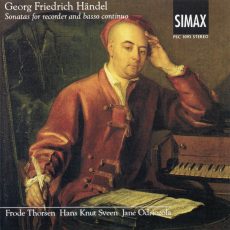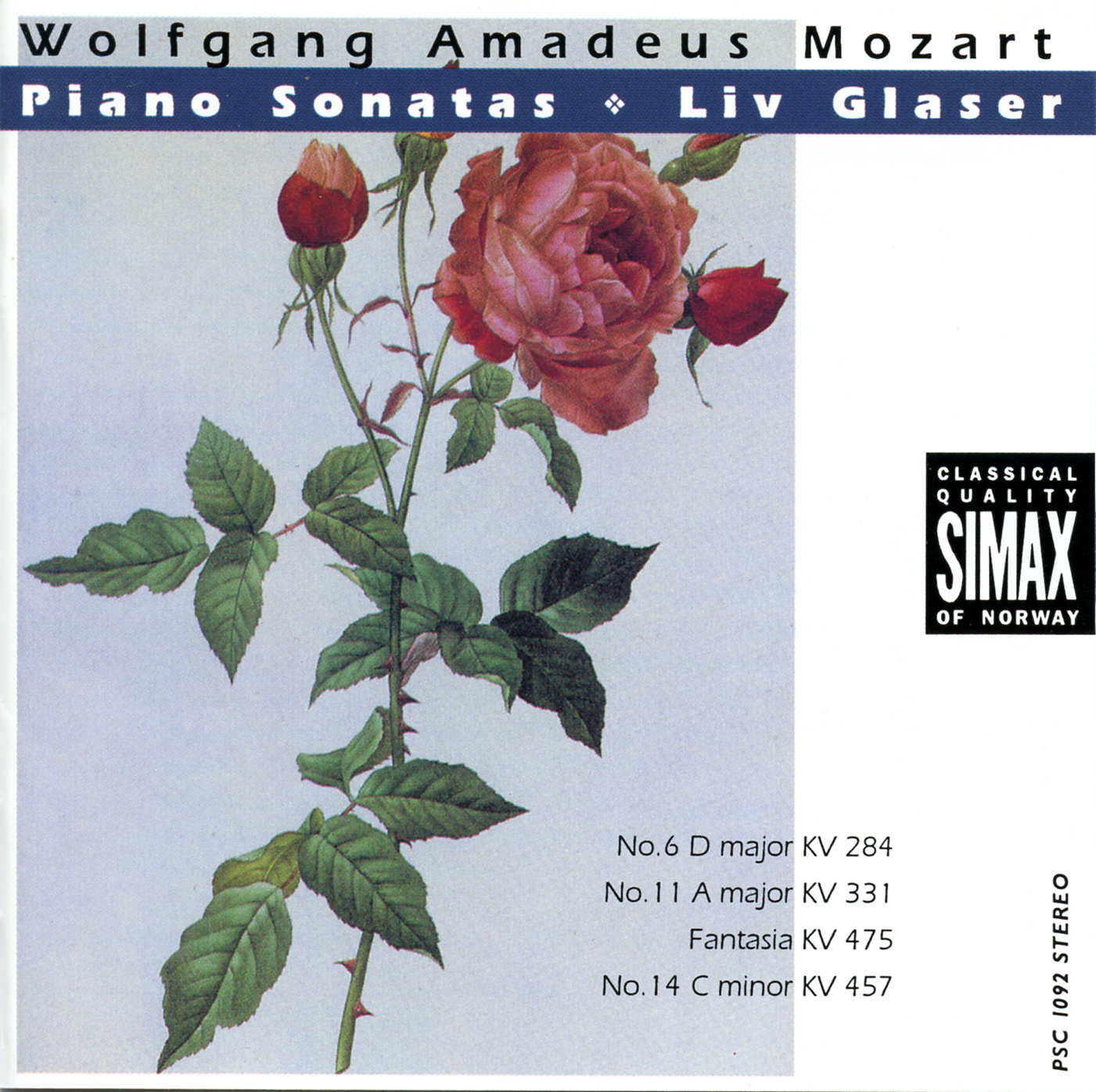Håkon Austbø has a special place in the French repertoire, with his complete recordings of Messiaen and Debussy as references in the catalogue. Celebrating his 70th birthday this autumn Austbø releases the complete works for solo piano of another towering French composer – Maurice Ravel. And his readings reveal the darker side of Ravel’s music.
Ravel for the piano
In 1906 Ravel wrote to the critic Pierre Lalo pointing out that various features of his work could claim priority over Debussy in the ‘special manner of writing for the piano’. ‘Jeux d’eau’, he insisted, ‘stands at the beginning of all the pianistic innovations that have been noted in my work. Inspired by the sound of water and the musical sounds emanating from fountains, waterfalls and brooks…’ Austbø himself states: “Ravel’s piano writing is as subtle and colourful as his orchestra writing. He used to say that the pedal was the “orchestrator” of the piano; indeed his use of resonance evoking bells or water is unthinkable without ample use of pedal.” For this recording Håkon Austbø performes on a Steinway Mod. D-274 from 1893.
A darker side
Ravel’s music is sometimes perceived as cool and perfect. Austbø reads it differently: “Ravel probably did conceal some of his darkest sides behind a brilliant technical mastery. ”My goal is technical perfection”, he stated, well aware that this would never be achieved. Still, many of his pieces put the dark corners of his world on display, as in the haunting Scarbo, or behind a mask as the tragic gracioso in Alborada. It is one of the few pieces where Ravel unveils himself to us, and the cataclysmic ending is not a nice sight: the buffoon’s world falls to pieces. In a way, we are all this buffoon: who hasn’t experienced this existential fear?”









